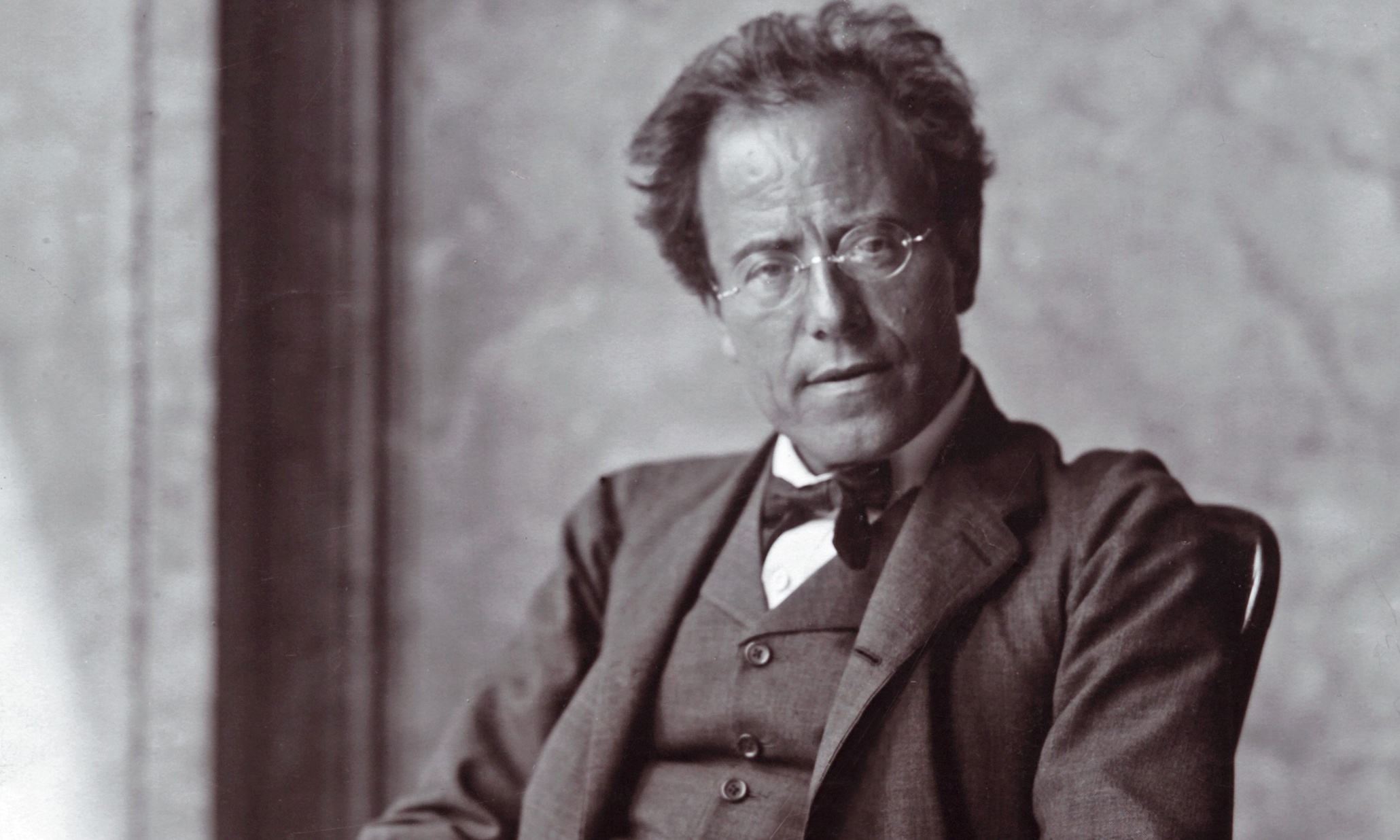BSO: Hammer time!

It’s been nearly 25 years since the Baltimore Symphony Orchestra brought the hammer down in a performance of Mahler’s Sixth Symphony. That was long before Marin Alsop became Music Director, and back in the day when the phrase “Hammer time!” was still a thing, and way back when the U.S. was on the verge of electing a Clinton to the presidency. If there was any irony or subtext intended in scheduling Mahler’s “Tragic” Symphony immediately after the election, which many view (wrongly, in my opinion) as Mahler’s most “life-affirming” music, well, that didn’t quite work out as designed -- the audience had been hammered the day before, and the stunned sense that comes from having been unexpectedly walloped was palpable in the audience. What just happened could have been an opportunity for bringing the audience together in a moment of communal catharsis, but Alsop and the orchestra passed on that particular challenge (those in the audience hoping for such a moment might find it during the coming weekend’s performances of Beethoven’s Ninth). Instead, Alsop used the epic piece (around 90 minutes) as a dramatic showcase for the orchestra’s cohesion and strengths, both collective and individual.
Thursday night’s concert at the Music Center at Strathmore was a highly satisfying performance that fell short of being compelling, in part due to Alsop’s decision to use the Scherzo as the third movement in place of the Adante, and by what came across as a concentrated effort to steer clear of over-emphasizing the score’s big, dramatic moments in favor of measured restraint. Not much lingering on nuance was allowed during the first movement, and it took the orchestra some time to fall in line with Alsop’s brisk pacing. Along the way the atmospheric contributions from the cowbells and celesta bloomed into strange, brightly-colored beasts calling from somewhere unseen, yet with a subtlety revealing Alsop didn’t want to veer too far off a path straight through the center of the piece. In the second movement she shaped beautiful, grand passages from the strings.
In my view, placing the Adante before the scherzo diminishes the dramatic impact of the fourth movement; instead of giving the audience time to relax in their seats a bit and take in everything that’s come before, we’re plunged into a long, steady, march toward the hammering blows of fate (2 here, not 3) and arrive slightly worn down before the wrenching, cataclysmic climax, during which Alsop was finally willing to unleash the orchestra in an explosion of tightly-held furiousness. The hammer blows, delivered on a custom-made box, were shockingly loud, and the first one jolted me from my seat. Throughout the performance were notable contributions from the wind section, the trombones, and concertmaster Jonathan Carney.
If you liked this, like A Beast in a Jungle on Facebook for more.





